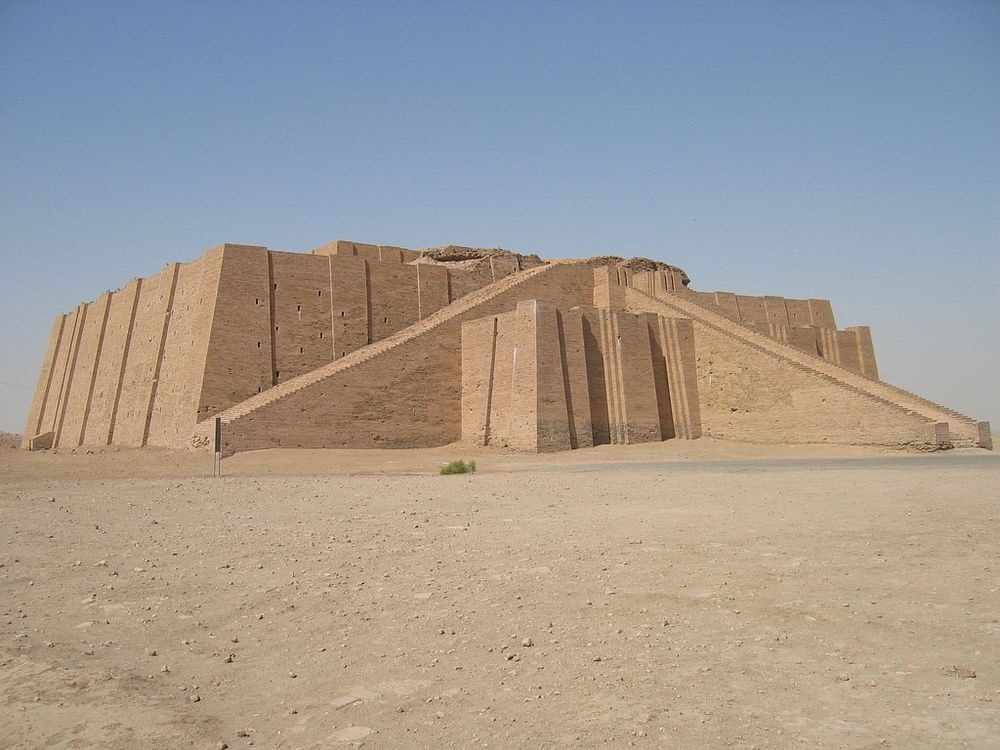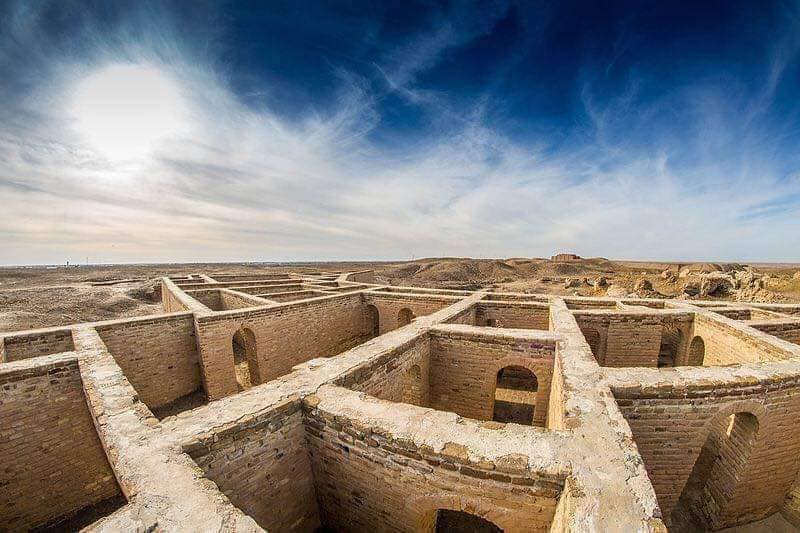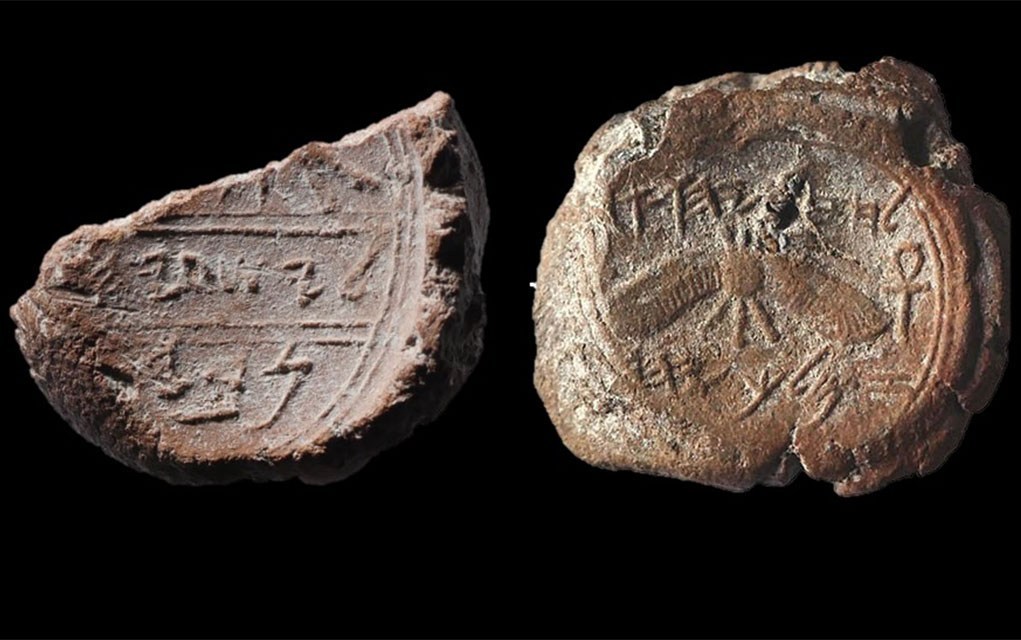The Amarna letters

Hebrew Bible: On that day David had given orders, “Whoever would strike down the men of Jebus, let him reach them by way of the water tunnel… (2 Samuel 5:8)
Amarna tablet: “The Habiru are now attempting to take Jerusalem” (EA287)
The Amarna Letters from Tel el Amarna in Egypt are important in the study of Biblical Archaeology because they refer to events in the middle east going as far back as 1500 years before Yeshua Jesus was born. They refer to the Hebrews, they give evidence of the trustworthiness of the books of Joshua, Judges, Samuel and Kings. They discuss Canaan, the half of Israel to the west of the Jordan. The Amarna Letters from Jerusalem are of interest as they come from Jerusalem a few centuries before King David would vanquish the Canaanite population of Jerusalem and claim it for Yahweh (2 Samuel 5).
The Amarna Letters are a group of inscribed clay tablets discovered around 1887 at Amarna, a site in Egypt on the east bank of the Nile about 190 miles south of Cairo and were likely a part of the personal libraries of the Egyptian Pharaohs. The tablets total almost 400 in number and are 3 inches wide and from 3 to 9 inches in length, and they are inscribed on both sides. The letters were written in Akkadian, which had been the language of international relations for some time. Today the Tell el Amarna Tablets are mainly in the BRITISH, Berlin and Cairo museums.










Keep In Touch